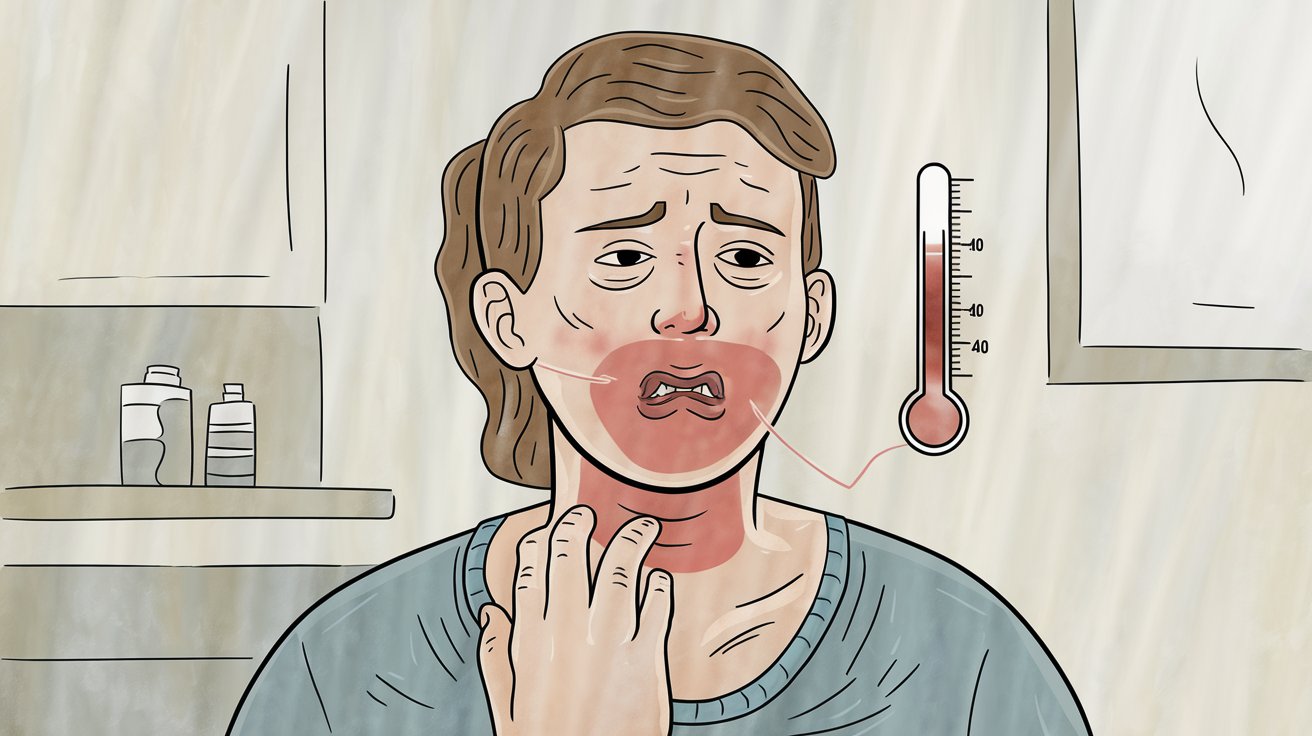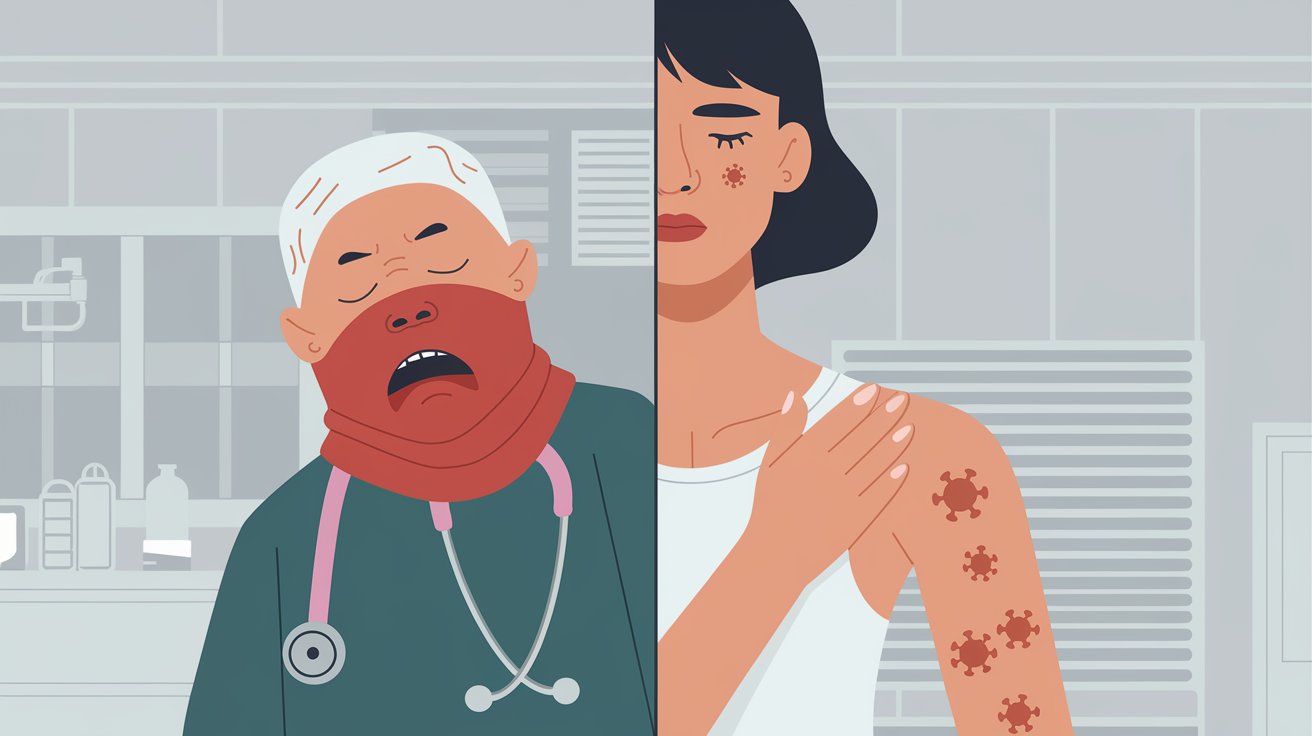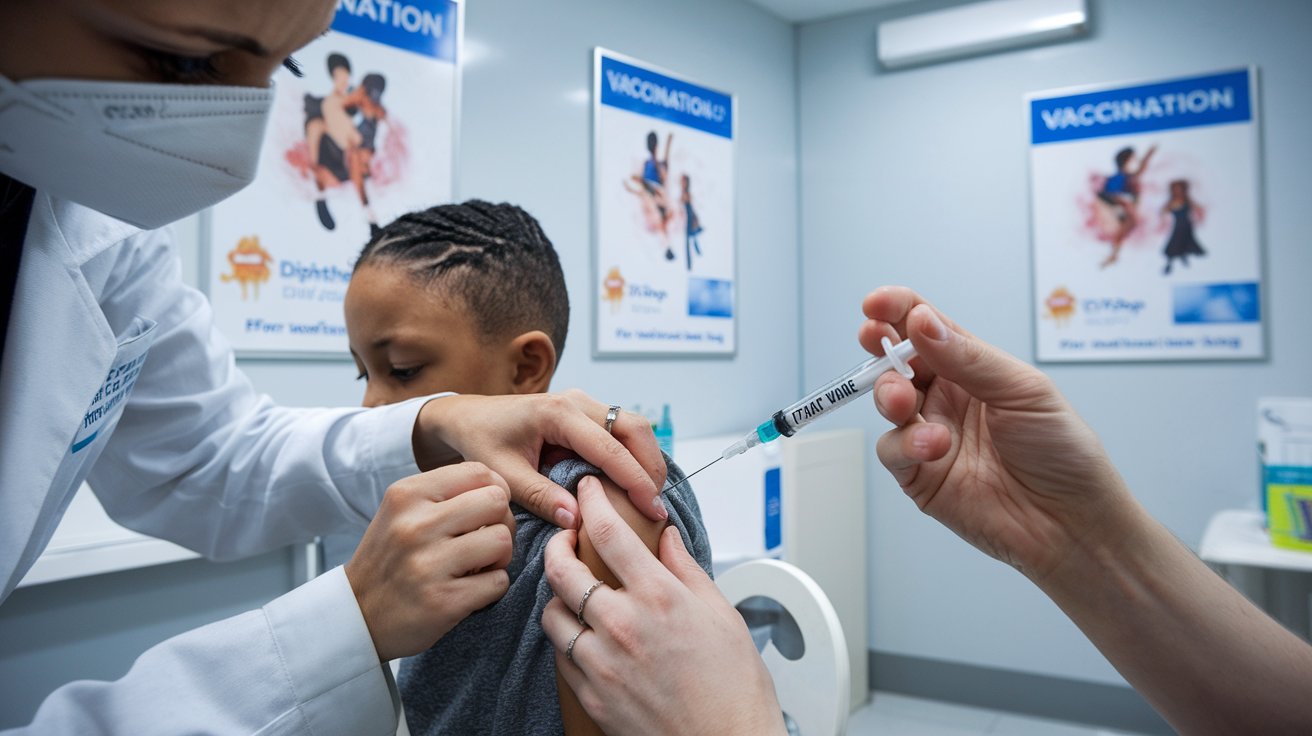Have you ever ponder about the risks posed by aerial transmission of diseases and the way it averts through a society? Diphtheria is one of those diseases—infrequent in many developed countries, but always dangerous for those who never got vaccinated, or are going to countries with low immunization rates. Do you know how to identify its signs or even prevent it from happening? Familiarizing with the risks that comes with the infection, how it is contracted and the best way to prevent it can save lives. Here we shall describe what this disease is all about, its signs, causes as well as possible ways to avoid it so that you can always take precautions that prevent you from becoming a victim of it.
What is Diphtheria?
Diphtheria is severe bacterial disease resulting from infection with Corynebacterium diphtheriae. It is mainly a respiratory disease, which means that it impacts the mucous membranes of both the nose and the throat; however, it can similarly impact the skin. Although it has become uncommon in many countries because of early vaccinations most infants also die from the diphtheria illness mostly in regions that have not embraced the exercise. If not treated, the bacteria release toxins that cause acute lung disorder, heart failure or even death.
Symptoms of Diphtheria

The symptoms of diphtheria can vary depending on whether it manifests in the respiratory system or on the skin. Below are the most common symptoms associated with each type:
Respiratory Diphtheria:
❖ Sore Throat: A throat inflammation that gradually gets worse and at times may limit swallowing.
❖ Fever: Everyone will experience a low grade fever which can reach up to 100-101 degrees F / 37.7-38.3 C.
❖ Swollen Neck Glands: This condition, referred to as “bull neck”, results from herniated lymph nodes.
❖ Pseudomembrane Formation: An accumulation of a greyish-white material that looks like membrane may occur at the back of throat, the tonsils or the nose. This lining may also block the airway causing breathing difficulty and, in critical cases, asphyxiation.
❖ Hoarseness: When it is affected, the voice becomes hoarse, and there is a speaking problem as well.
Cutaneous Diphtheria:
❖ Skin Lesions: Lesions that occur on the skin that may turn to open sores or ulcers and they often appear in the arms, legs or other parts of the body that are exposed.
❖ Crusty Sores: Such sores are normally very painful and normally take long time to heal and even when healing they are inclined to leave behind marks.
Transmission of Diphtheria

Diphtheria is highly communicable, it mainly affects the school going children and is transmitted through coughing and sneezing, or touching contaminated surfaces such as furniture, toys, and feed bottles. The bacteria are airborne, therefore talking, laughing, sneezing, or even coughing spreads the disease. Diphtheria can also be contracted through coming into contact with body fluids and staining the hands with patients secretions, tissues used by a patient or eating utensils like cups, spoons etc.
Transmission can occur in both respiratory and cutaneous forms:
❖ Respiratory Transmission:
This is the most frequent means by which diphtheria is transmitted from one person to another via respiratory droplets produced when an affected patient coughs.
❖ Contact Transmission:
Close physical contact with skin lesions in individuals affected by cutaneous diphtheria is also a mode through which bacteria is transmitted.
It remains infectious from the onset of the first sign of the infection until the 14th day after the onset of symptoms and maybe much longer if the person does not seek treatment.
Types of Diphtheria

There are two main types of diphtheria, each affecting different parts of the body:
1. Respiratory Diphtheria:
This form involves the respiratory tracts above the larynx particularly the nasal cavity, throat and tonsils. It is the worst of the severities, because the pseudomembrane it creates can occlude the airway and cause difficulty in breathing. Complications of respiratory diphtheria, if not treated, include cardiac involvement, peripheral neuropathy, and possibly death.
2. Cutaneous Diphtheria:
The skin is affected in cutaneous diphtheria and results in sores commonly referred to as ulcers which are painful and likely to be infected. While looser symptoms compared to respiratory diphtheria, it may progress to systemic disease if the bacteria toxin is spread to the blood stream.
Prevention of Diphtheria

It can also be prevented by vaccination in order not to have a considerable rate of increase in affected children. The vaccines for pertussis are safe and very effective ones which also have the ability to produce lifelong immunity. Immunization schedules vary slightly depending on the age of the individual, but the general guidelines include:
❖ DTaP Vaccine (Diphtheria, Tetanus, and Pertussis): This vaccine is advised for infants and young children 2, 4, and 6 months after bi-monthly doses followed by booster doses at 12–18 months and 4–6 years.
❖ Tdap Vaccine (Tetanus, Diphtheria, and Pertussis): This vaccine is given to children at 11–12 years of age for preteens. A Tdap vaccine is also required for pregnant women during the second half of their pregnancy for the baby’s protection.
❖ Booster Shots: Adults should get a booster of Tdap or Td every 10 years as an immunity booster.
It’s very important that these people ensure they have up to date vaccines especially those who are traveling to areas that have high prevalence of the disease or poor vaccination coverages of the disease.
Risk Factors for Diphtheria

While diphtheria is rare in places with good vaccination coverage, certain risk factors can increase the likelihood of infection:
1. Close Contact with Infected Persons:
Living with, or interacting closely with an infected person increases the chances of catching the diphtheria bacteria. This is particularly so for the people who live in crowded or filthy housing environments.
2. International Travel:
Diphtheria is more common in developing countries, that is, nations with low vaccination coverage so, people visiting such countries put their lives at risk. Recent outbreaks of diphtheria in USA has been reported to be imported in most instances.
3. Incomplete Vaccination:
Adults who haven’t received diphtheria vaccines for sometime are prone to being infected by the disease. Number 5: Immunity can reduce over time, boosters needed to retain long-term protection Long-term immunity is achievable, although it is essential to require booster shots after some a time.
Conclusion
Diphtheria is an intense bacterial disease that is fatal if not addressed and may be prevented by administration of appropriate vaccines. Learning the signs, how Ascaris is contracted, the need to get the appropriate immunization can help to prevent any new outbreak. When you learn about the realities of diphtheria and the right course of action to avoid the disease, you will be playing your part to help avoid further occurrences of this once fatal disease.
Have you taken your most recent doses for diphtheria? If not, it might be advised to go to your doctor and check whether you are safe or not.
